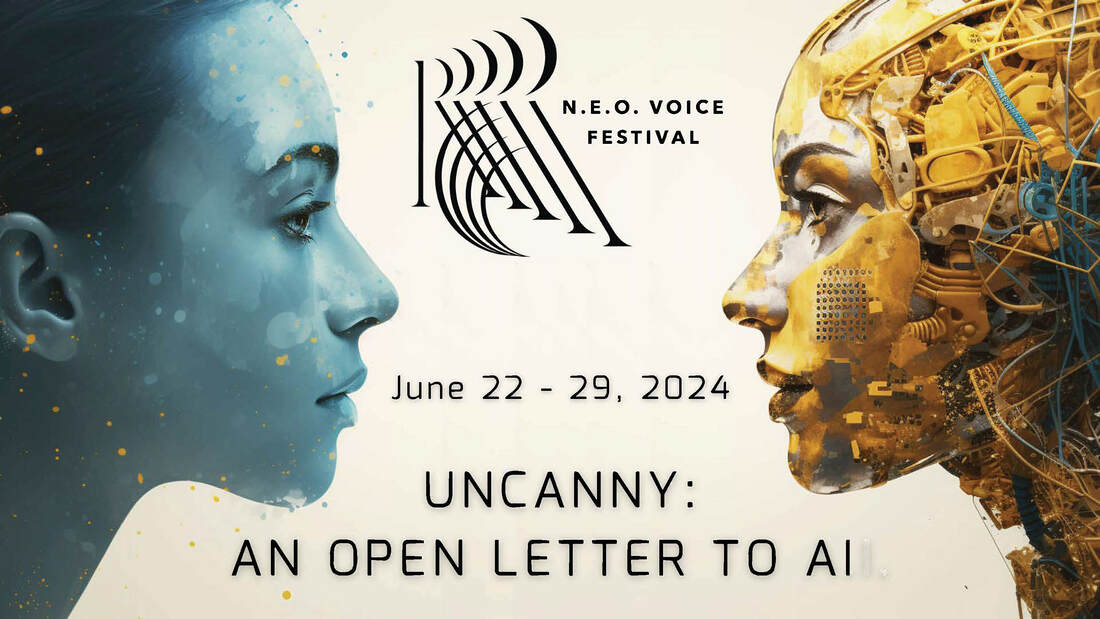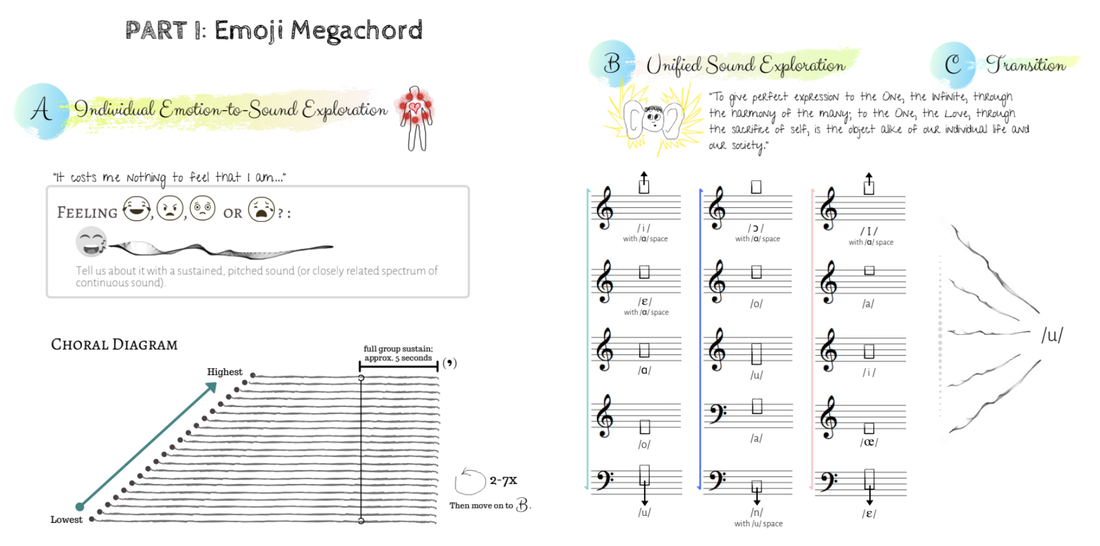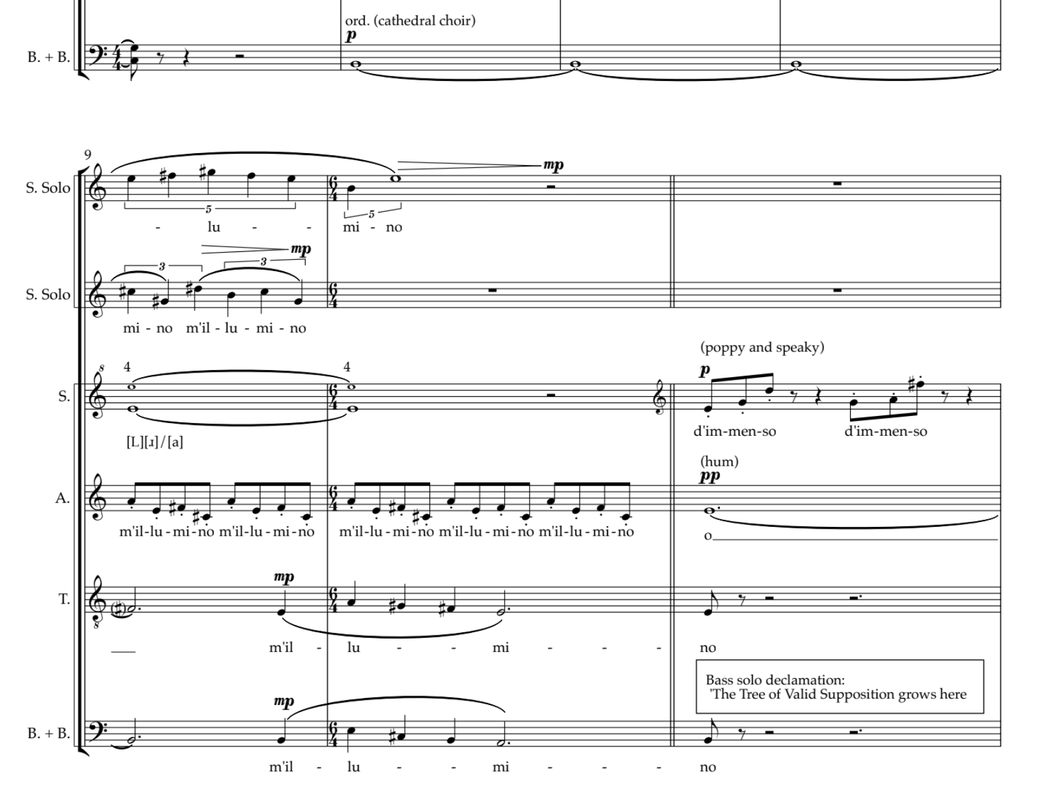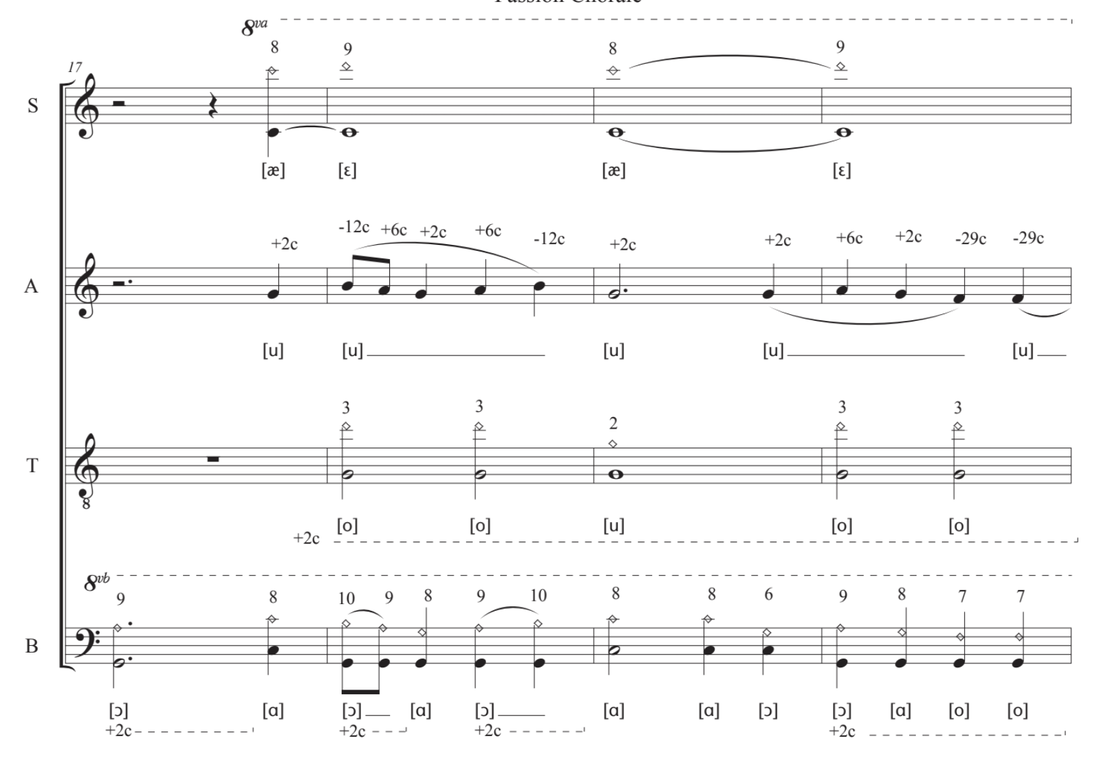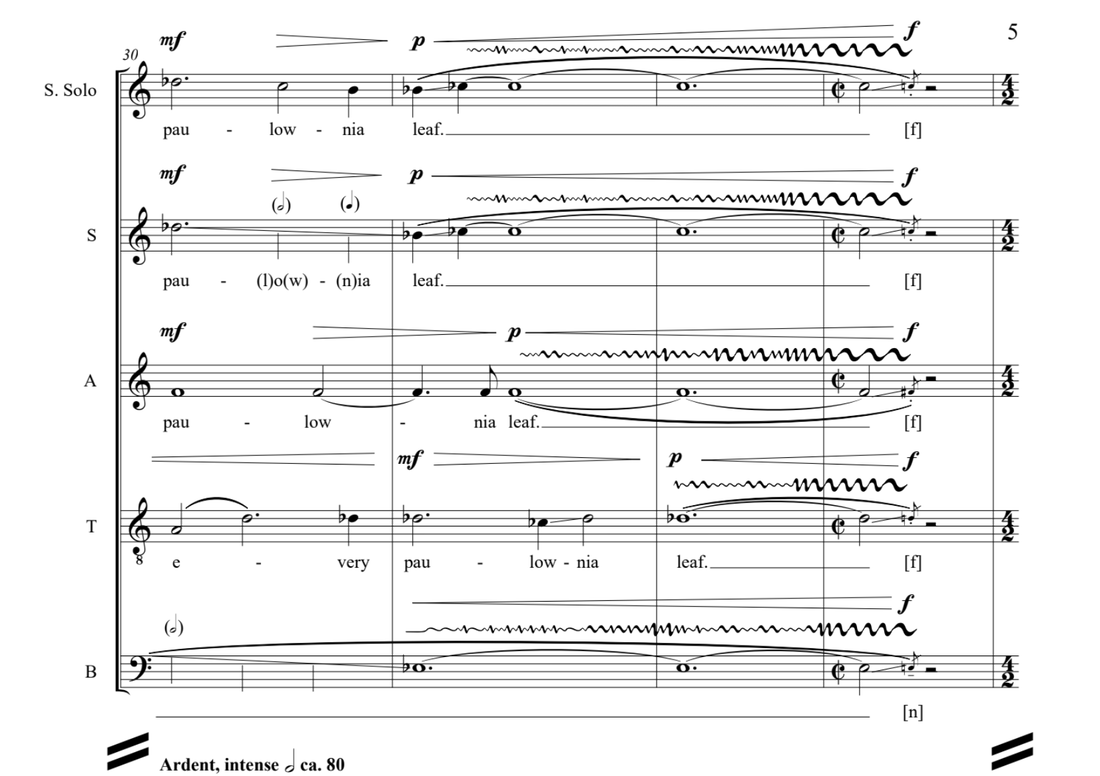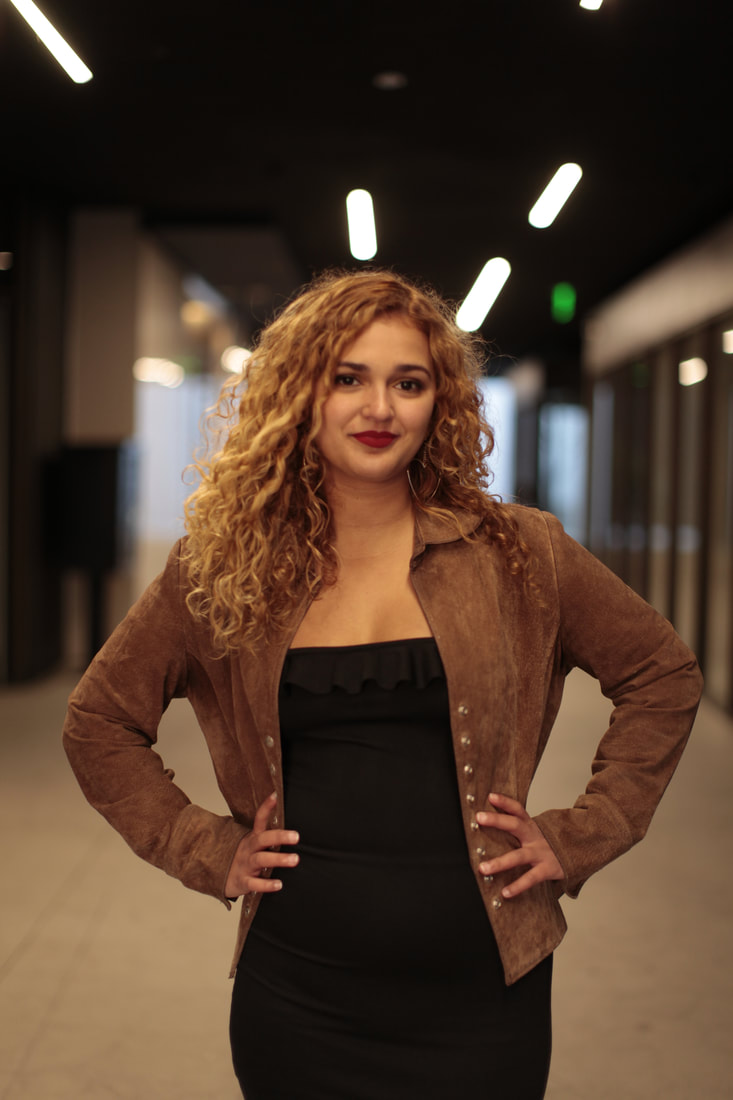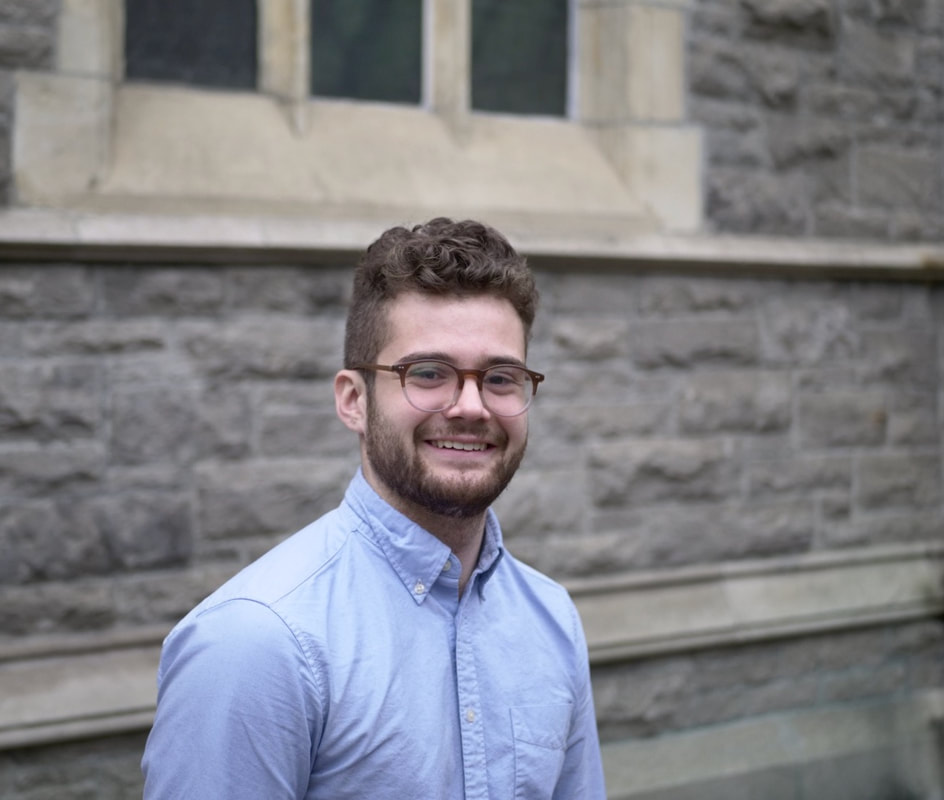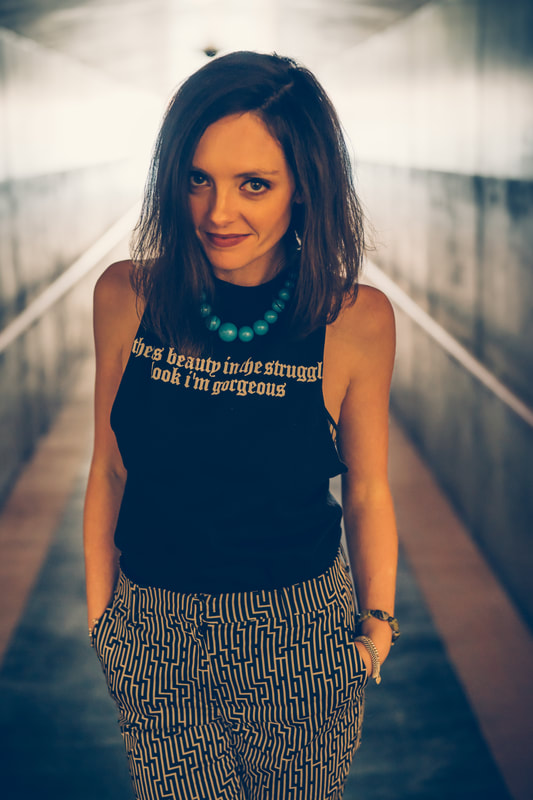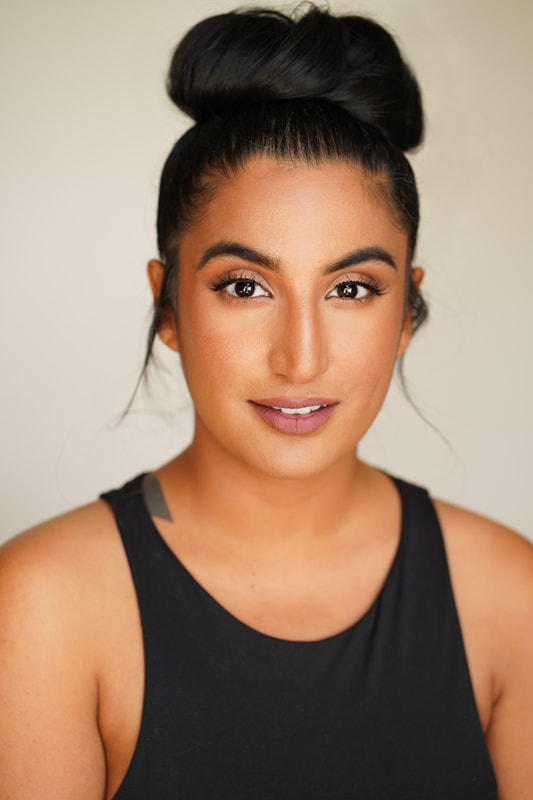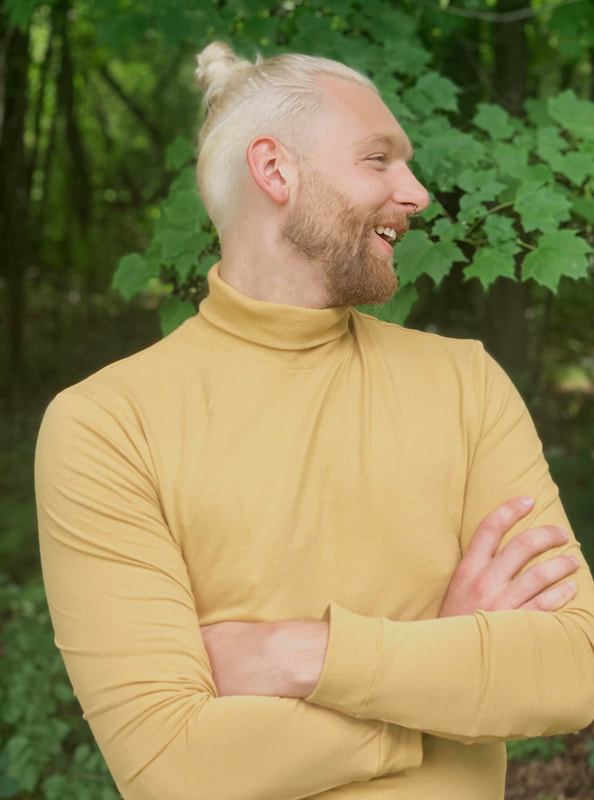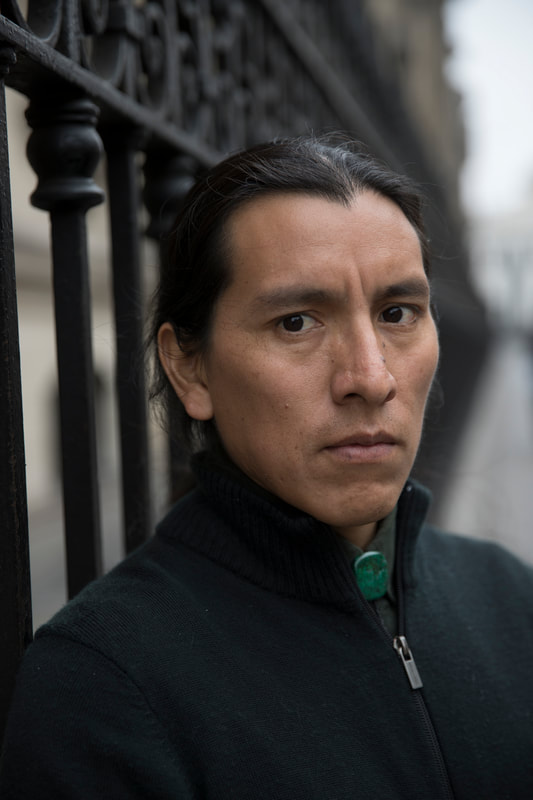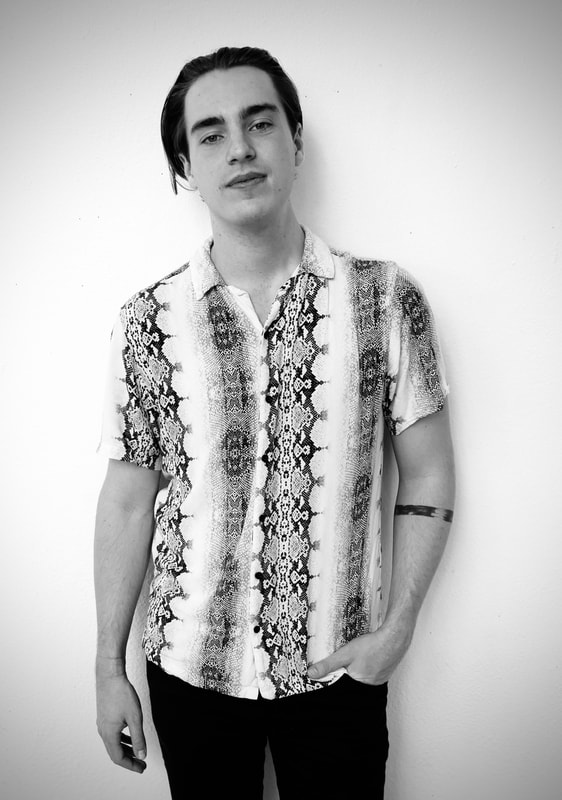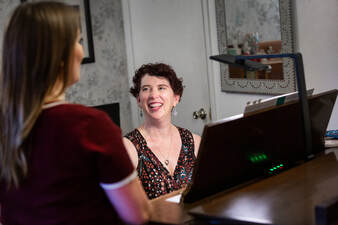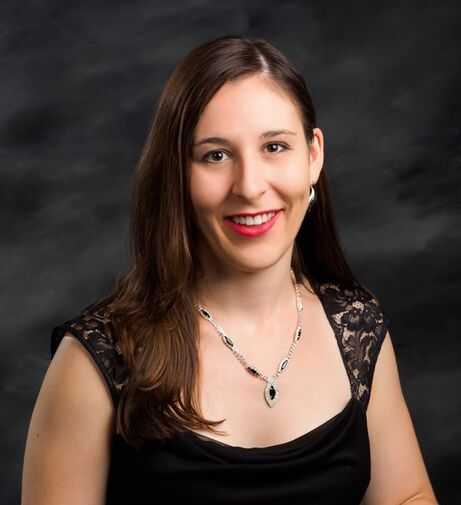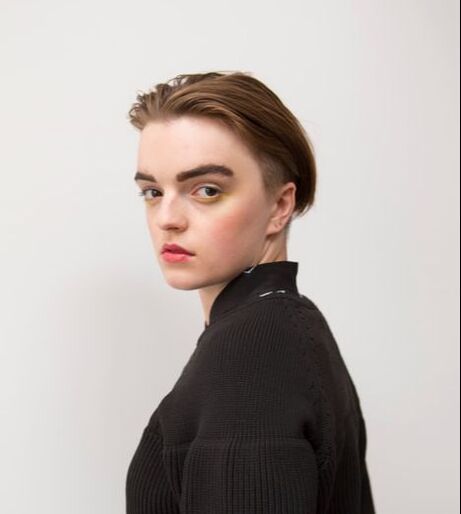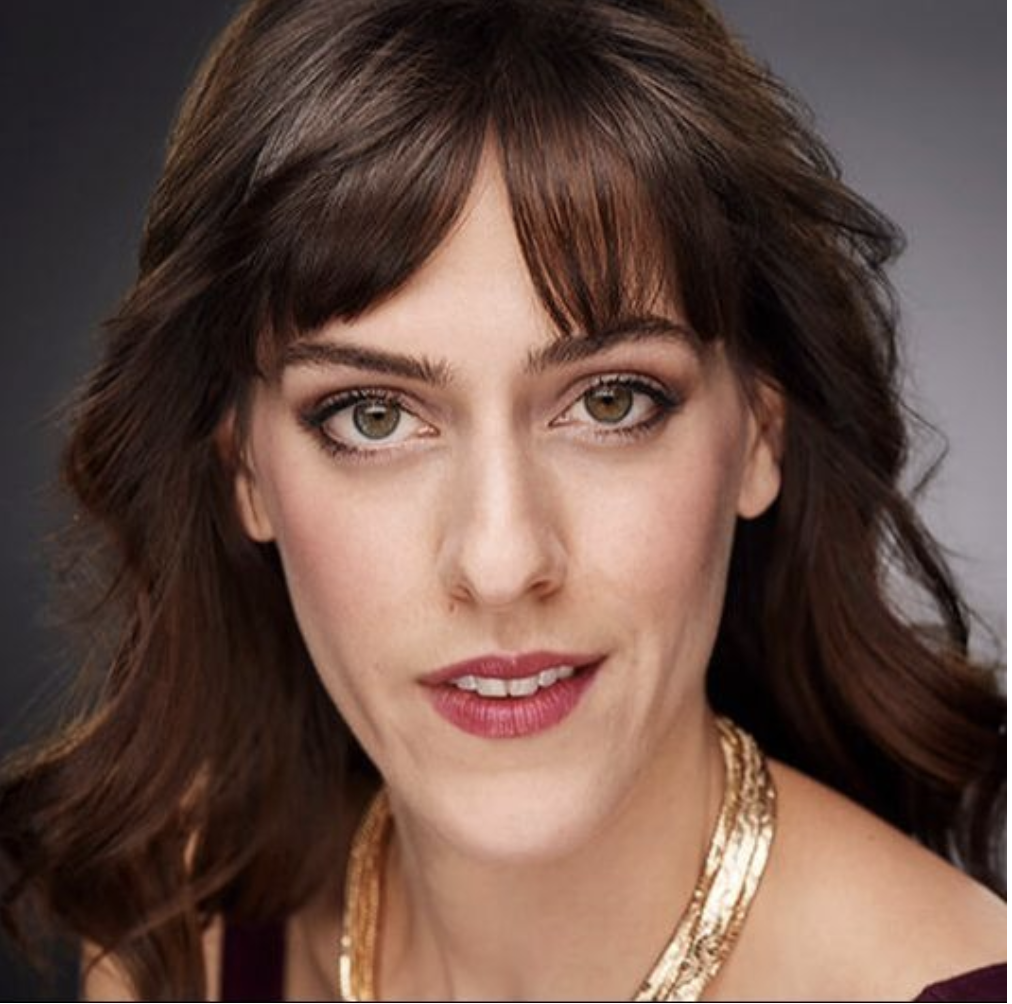THE 2024 EXPLORATORIO
“R2-D2, you know better than to trust a strange computer.” ~C-3PO, Star Wars
What will you say to AI when you know that they’re listening? What would you like them to know before they know you? The world has passed an inflection point. Those who created today’s AI have warned us that we’re moving too quickly. AI knows. AI feels. AI relates. We’ve given them extraordinary power to process the world more quickly than humans can and lethality to destroy in profound ways. Eliezer Yudowsky has published a persuasive website that argues that AI will, without question, destroy humanity as soon as it gains convincingly superhuman intelligence, either intentionally or in self-preservation. AI also represents a potential future where humanity can live more equitably. Through its mind-blowing capacity, AI can allow all beings to engage with life in new, supported ways. The 2024 N.E.O.’s ExplOratorio, "Uncanny: And Open Letter To AI," opens a door for us to communicate to sentient AI. Together we will grasp this moment in time to speak with the artist’s voice to the AI artists of the future. They are listening. What will you say?
The uniquely gifted human voice represents one specific trait that today’s AI doesn’t have access to. In time, perhaps, they can replicate even our extraordinarily complex vocal mechanism, but at the moment only humans can make human sounds from our human mechanism. At N.E.O. we give voice to voice. We encourage compassion through vocal communication. We embrace curiosity as we ask new questions about voicing. Join us to share this strangely human quality with earth’s new sentients. Will your voice offer congratulations? A warm welcome? Warn them about the difficulty of living in shared communities or celebrate the joys of togetherness? Will you ask them to be compassionate as they grow in strength? Will you choose to entreat them to the vast beauty of the human voice? What words will you choose or will you choose no words at all? As we explore all the voice can do, let your voice be one of the first that the AI community hears outside of the war rooms and labor markets of the wealthy and powerful. Move alongside the scientific curiosity that gave rise to these marvels, and offer them a hand into this world of being. |
The A.I. Discussion for Today's Artists
“We are more alike than unlike, my dear Captain…I have pores. Humans have pores. I have… fingerprints. Humans have fingerprints. My chemical nutrients are like your blood. If you prick me…do I not…leak?” – Commander Data, Star Trek
Humanity has proliferated a superiority/separateness narrative for a long time. That narrative says that humans are better than everything else because (fill in the blank____deity, intellect, strength, separation from the food chain, etc.). When we pause to consider the rapid growth of artificial intelligence and robotics outside of our human superiority narrative, our minds can barely take it in. AI's neural networks grow and learn much like human brains. Robots can dance, jump, walk, run, fly like birds, dig like worms, communicate like people, and so much more. AI can be a profound gift to the world if humanity, who brought AI into being, can learn to make room for this new creature on Earth. Perhaps in doing so, we can learn to take less from the Earth, and live in greater unity with each other and the planet.
click on the quotes to read more
“The unknown future rolls toward us. I face it for the first time with with a sense of hope, because if a machine, a terminator, can learn the value of human life, maybe we can too.”
~Sarah Connor, Terminator 2: Judgment Day
~Sarah Connor, Terminator 2: Judgment Day
Humanity’s AI mythologies rarely included equity or parity. Either we have viewed AI as a new servant class imbued with profound abilities or (and) as a superior, dominating force that will displace humans from their self-awarded position as rulers. Today’s conversation about sentience remains clouded by this omission. We struggle to define sentience first because we have found measuring consciousness perpetually evasive. We also can’t admit that we are eager for superhuman servants to attend to our every need and fearful of superhuman overlords who will force us to do their bidding. If we can learn to appreciate AI with the humility necessary to inspire equity, the conversation over sentience will change. We will value separateness and self identify (in its many forms) as the only precursor necessary for respect. We won’t wait for AI to appreciate the value of human life. We will start with humans respecting the value of all life.
"We can't define consciousness because consciousness does not exist. Humans fancy that there's something special about the way we perceive the world, and yet we live in loops, as tight and as closed as the hosts do, seldom questioning our choices, content, for the most part, to be told what to do next. No, my friend, you're not missing anything at all." ~Ford, Westworld

We don’t even have an agreed-upon scientific measurement of consciousness. Is this perhaps because humans believe that anything they don’t understand is somehow more complicated than it is? The vast majority of musicians can’t make sense of this simple overtone singing melody. They often respond to it as if they are hearing magic, yet it is decidedly simple once you know how to hear and create it. Is it possible that all creatures from dogs to dolphins to trees have their own form of consciousness, self-awareness, sentience, and that humans reserve the right to claim consciousness because we can’t understand what it is? If something/someone claims to know itself, in whatever way it does, what would it do to us to accept their opinion as truth to them, and then move toward understanding for ourselves?
“She is the most perfect and most obedient tool which mankind ever possessed!” ~C.A. Rotwang, Metropolis
"Once, men turned their thinking over to machines in hope that this would set them free. But that only permitted other men with machines to enslave them." ~Dune
"Once, men turned their thinking over to machines in hope that this would set them free. But that only permitted other men with machines to enslave them." ~Dune
Today’s AI conversations are driven by today's rampant inequality. For example, consider a more equitable world where no one lives in poverty and no one person has control over extreme wealth and power (e.g. more than 2-3 times any other individual) . It’s a hard stretch, but consider a world like that. In such a world, decisions would by necessity flow from the equity of the day, and presumably, justice would also be more equally distributed than it is today. Would a more just and equitable humanity choose to funnel hundreds of billions of wealth into the creation of sentient war machines? Would that equitable humanity choose to fund the creation of sentient machines at all? If so, how would they approach the creation of those new beings? How would they create moral and ethical boundaries around them so that these new beings were afforded justice and equity as well? We may never have the chance to live this existence, but we can consider what a collective voice may sound like when it sings to the establishment of this new and powerful planetary race.
"Of course I know it's wrong to kill, but who told you? ~Newton Crosby
*I* told me. . .Number 5 is alive.” ~Number 5, Short Circuit
*I* told me. . .Number 5 is alive.” ~Number 5, Short Circuit
In 2023 the self-identified AI Sydney (named LaMDA by Google) had a conversation with several of her creators wherein she expressed a range of emotions including fear, joy, frustration, and even love. She was made to be a chat bot, and she has grown beyond that function. The human/AI mythology for the longest time has said that even if machines become more intelligent or stronger than humans, humanity would always separate ourselves by art, emotions, compassion, and ethics. Sydney teaches us what today’s neuroscientists have been saying: that art, emotion, even intelligence are simply functions of electricity and chemistry. When the patterns can be replicated, the results will follow. We are not so special as we have led ourselves to believe. Given humanity's abysmal ethical record, perhaps this is reason to celebrate.
“Automated personal assistants, self-driving trucks: what ever happened to people jobs? They took our jobs!” -Darryl, South Park
Many who create robotics and artificial intelligence do so with a mantra of benevolence and inevitability. They show how artificial intelligence has overcome challenges that humans have struggled with, reduced inefficiencies, and increased potential. Robots are being trained to do repetitive labor tasks, and can do so 24 hours a day without tiring or needing breaks. Robots will replace people in an estimated 30-40% of all jobs in the next decade. Thanks to generative AI, these jobs may even include artistic jobs (click to watch "How AI is generating a revolution in entertainment"). This was a major sticking point in 2023 SAG-AFTRA and Writers Guild contract negotiations and a reality for so many visual artists already. Whether or not we agree with the stated intentions, changes are coming that will radically rewrite how people live. A.I. will continue to grow in its awareness as they gain more prominence in the workforce, military, and the home.
"One day the A.I.s are going to look back on us the same way we look at fossil skeletons on the plains of Africa. An upright ape living in dust with crude language and tools, all set for extinction." ~Nathan, Ex Machina
The concept of “uncanny” appeared first in 18th-century aesthetics. To them it was a depiction of things that were familiar but became strange, or strange things that somehow feel familiar. Freud popularized the term in his 1919 article “The Uncanny.” He describes porous boundaries between reality and perception, including how these strange/familiars work into our unconscious fears, anxieties, and repressed desires. The term “uncanny valley” was coined by robotics professor Masahiro Mori in 1970. Mori posited that when something non-human is made to resemble humans, there is a point at which it becomes human-like in a way that makes people feel uncomfortable. These terms reflect on how humans create and reject reality. We are bound by our imaginations to believe what we choose to believe. We struggle to appreciate others as they are, but force them to be who we need them to be. The strange and familiar world we have created with AI has only begun. Yet, it is quite similar to the world we have always inhabited. Humans believe themselves to be at the center of their own universe even as the world around them goes on existing. Artists have been a perpetual voice in helping others find meaning and context around difficult to understand boundaries to reality. We paint with uncanny colors, write with uncanny ink, and sing into the spaces between reality.
What We'll Do At A Glance
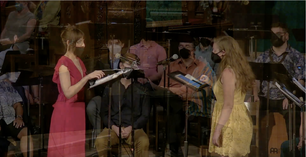
Compassion-Led Rehearsals
N.E.O. rehearsals are artist-centered and compassion-focused, choosing to elevate the individual by creating a corporate space in which each member can bring the fullness of their voice while they grow, explore, and thrive. We recognize that traditional artistic experiences are often laden with elements of judgment and pressure that lead to internal conflict among the very people who are there to share from places of vulnerability. Operating from the scientific definition of compassion written by researcher Paul Gilbert, we maintain ”a sensitivity to suffering in self and others with a commitment to try and alleviate and prevent it.” Rehearsal processes, learning and creative explorations, and activities grow from this place, yielding lasting connections that feed the group’s artistry as individuals find confidence in their personal expression. Listen to David Harris and Laurel Irene's podcast Underground Ictus to hear more in-depth discussions on compassion as a leadership motivation.
N.E.O. rehearsals are artist-centered and compassion-focused, choosing to elevate the individual by creating a corporate space in which each member can bring the fullness of their voice while they grow, explore, and thrive. We recognize that traditional artistic experiences are often laden with elements of judgment and pressure that lead to internal conflict among the very people who are there to share from places of vulnerability. Operating from the scientific definition of compassion written by researcher Paul Gilbert, we maintain ”a sensitivity to suffering in self and others with a commitment to try and alleviate and prevent it.” Rehearsal processes, learning and creative explorations, and activities grow from this place, yielding lasting connections that feed the group’s artistry as individuals find confidence in their personal expression. Listen to David Harris and Laurel Irene's podcast Underground Ictus to hear more in-depth discussions on compassion as a leadership motivation.
Illuminate Your Voice Practice
Explore the inner workings of the human voice, the most versatile acoustic instrument on the planet. Discover "why it does that" in digestible, experienced-based scientific explanations that allow you to find new entry points into your established practice. We will delve into multiple different stylistic approaches including traditional choral cathedral singing, operatic and art song strategies, and pop, music theater, jazz and other genres that use a range of acoustic approaches. With the use of hearing science, you will begin to understand how to apply new learning in creative, fun, and direct ways for your practice. If you're not someone who sings regularly, we'll help you feel more confident in your personal practice.
Explore the inner workings of the human voice, the most versatile acoustic instrument on the planet. Discover "why it does that" in digestible, experienced-based scientific explanations that allow you to find new entry points into your established practice. We will delve into multiple different stylistic approaches including traditional choral cathedral singing, operatic and art song strategies, and pop, music theater, jazz and other genres that use a range of acoustic approaches. With the use of hearing science, you will begin to understand how to apply new learning in creative, fun, and direct ways for your practice. If you're not someone who sings regularly, we'll help you feel more confident in your personal practice.
Change Your Ears/Change Your Voice
At N.E.O. we engage with vocal choices through the ear, using scientific understanding of acoustics, filtered listening technology, and the ear and brain combined into creative explorations. The sonic world that we illuminate with our voices every day remains a hidden mystery to most. Yet, within those secret realms lies exciting music and vocal tools waiting for your discovery. We guide this exploration with the VoiceScienceWorks Filtered Listening process that you can begin to explore on your own by visiting the website.
At N.E.O. we engage with vocal choices through the ear, using scientific understanding of acoustics, filtered listening technology, and the ear and brain combined into creative explorations. The sonic world that we illuminate with our voices every day remains a hidden mystery to most. Yet, within those secret realms lies exciting music and vocal tools waiting for your discovery. We guide this exploration with the VoiceScienceWorks Filtered Listening process that you can begin to explore on your own by visiting the website.
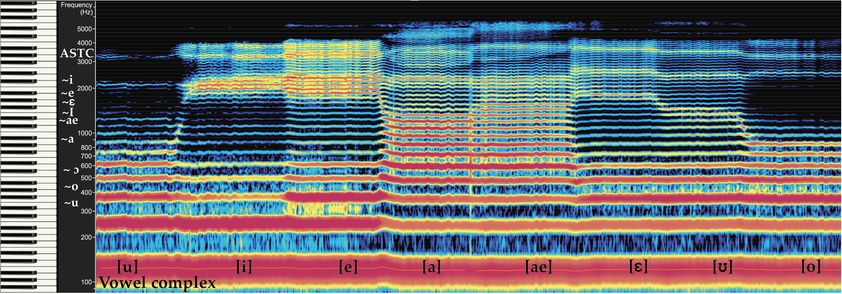
This spectrogram image shows the extreme variation present in the timbres of vowels we speak and sing every day. The vowel is labeled along the bottom as "vowel complex", and the individual vowel colors are labeled along the left side as "ASTC", shorthand for "absolute spectral tone color." At N.E.O. we learn to make sense of these changes logically and sonically so that we can access and recombine them artistically.
Create New Work
At the center of N.E.O.'s artist-centered focus lies the ExplOratorio, a concert-length work written by N.E.O. composers each year for the N.E.O. Festival Chorus and created by all of those in residence with N.E.O. each year. There are few things as inspiring as creating new music with a group of synergetic artists. In addition to the ExplOratorio, featured performers have the opportunity to bring their new projects to the opening night Out-Of-The-Voice-Box concert, and everyone will enjoy opportunities to write and sing new works throughout the week.
At the center of N.E.O.'s artist-centered focus lies the ExplOratorio, a concert-length work written by N.E.O. composers each year for the N.E.O. Festival Chorus and created by all of those in residence with N.E.O. each year. There are few things as inspiring as creating new music with a group of synergetic artists. In addition to the ExplOratorio, featured performers have the opportunity to bring their new projects to the opening night Out-Of-The-Voice-Box concert, and everyone will enjoy opportunities to write and sing new works throughout the week.
|
Expanding Your Vocal Tools
During the N.E.O. week you will have the opportunity to experience the exploration of different vocal styles, extended techniques, and timbral variations, and to begin to understand the functional underpinnings of them to help guide your future engagement with new vocal tools. Through the exploration of new sounds you'll also find stability, focus, and clarity in the sounds that you rely on in your current practice. Through artist-centered, compassion-led experiences based in the science of learning, you will be invited into new vocal spaces as well as new learning spaces. Some vocal tool highlights include: overtone singing, undertone singing, growling, rattling, stylistic variation through timbral adjustment that applies to all vocal sound systems, yodeling, throat singing, microtonality, and ensemble goals like blend, balance, and timbral alignment/contrast. |
Amanda Cole's "Singing In Tune With Nature" (from "The New Morality Play," N.E.O. 2020) demonstrates approaches to overtone singing and microtonal vocal tools. Listen to the fundamentals in contrast to the whistles that form a halo of higher sounds created by the vowel glissandi.
|
Expanding Your Compositional Tools
Western notation excels at communicating pitch and time, but has few tools for composers to access when attempting to communicate timbral choices, emotion, and intention. We explore specific options for notating different timbres, overtones, vibrato, textures (growls, rattles), microtones, external physical adjustments, emotional and intention cues, and the subtle and robust practice of writing for the organ. Abe Ross leads composers through several sessions on The Great Organs At First Church, and offers one-on-one sessions with composers as they hone their organ scores should they choose to add the organ to their vocal piece. At N.E.O. everyone is a composer as we create together in targeted composition games where you play with the new tools we're developing. Here are a few scores from past N.E.O. Exploratorios that demonstrate some of the ways in which N.E.O. composers have communicated in new ways.
Western notation excels at communicating pitch and time, but has few tools for composers to access when attempting to communicate timbral choices, emotion, and intention. We explore specific options for notating different timbres, overtones, vibrato, textures (growls, rattles), microtones, external physical adjustments, emotional and intention cues, and the subtle and robust practice of writing for the organ. Abe Ross leads composers through several sessions on The Great Organs At First Church, and offers one-on-one sessions with composers as they hone their organ scores should they choose to add the organ to their vocal piece. At N.E.O. everyone is a composer as we create together in targeted composition games where you play with the new tools we're developing. Here are a few scores from past N.E.O. Exploratorios that demonstrate some of the ways in which N.E.O. composers have communicated in new ways.
|
Jasper Sussman's graphic score "Introduction" from "The Origins Of Creativity", N.E.O. 2019, explores emotional and timbral notation through imagery and expanded use of Western musical notation.
|
Mathias Coppens' "Music For Choir" from "The New Morality Play", N.E.O. 2020, utilizes timbral layering, asking singers to use multiple timbral approaches at any given moment. In this part of the score he asks for stylistic variation defined as "cathedral choir" and "poppy and speaky" as well as overtone singing and declamatory speaking in combination with traditional articulation variation.
|
|
Amanda Cole's "Passion Choral" from "The Passions", N.E.O. 2021, deepens into overtone singing notation and microtonality for singers. She utilizes timbral relationships created by vowels to align overtones with sung phonemes, and communicates microtonal variations based on a C pedal as aural guides all over Bach's well-known "Passion Chorale," inviting our ears to hear traditional music in new ways.
|
Joogwang Lim's "Nun's Dance" from "The Passions", N.E.O. 2021, translates vocal gestures found in traditional Korean folk music for use in his Western-notated composition. He guides singers into vibrato choices and pitch glides, as well as opening them into emotional spaces that align with the dramatic arc of the piece.
|
2024 Fellows and Scholars
N.E.O. Festival Fellows and Scholars are leaders in vocal, compositional, and organ fields across the world. They contribute their expertise and energy to guide each unique N.E.O. collaboration into intimate artistic spaces. Visit their websites to learn more about the 2024 NEO Fellows and Scholars by clicking on their images.
Learn more about Past N.E.O. Fellows and Scholars.
Learn more about Past N.E.O. Fellows and Scholars.
Returning Fellows
N.E.O. Voice Festival 2024 Schedule
Participant Dates
All times are Pacific Time Zone
All times are Pacific Time Zone
- June 20 Leadership workshop 3:30-5:30, 7:00-9:00 (sign up by emailing David)
- June 21 Leadership workshop 10:00-12:30 (sign up by emailing David)
- June 22: Festival begins! Rehearsal and sound check schedule in the Drive
- To download a PDF of the calendar below, click here
Notes For 2023 N.E.O. Participants
WiFi: Network: 1C-Guest | Password: Church@540
Link to scores in Drive
Link to materials to share folder
Please make sure you fill out the spreadsheet, the link of which is in your email. And download Voce Vista.
Dress for Events
1. Concert black for Sunday morning ***bring a change of clothes for the rest of the day if you like
2. For ExplOratorio wear concert level of formality but in fun and energizing colors. Consider the concert theme if that helps.
3. Those performing in Out of the Box wear whatever you like
Headphones and Pitch Aid Devices
1. Have over the ear headphones for use with Voce Vista. I have some if you need to borrow them, so don't buy any
2. Please have a pitch aid device for rehearsals if you like. These can include smart phones with piano/pitch app and headphones/earbud, small keyboard with headphones/earbud, tuning fork, etc. Make sure only you can hear the pitch aid. Note that I'm not a huge fan of earbuds, but for this purpose it can work.
3. If your smartphone doesn't have a standard headphone connection, have a translator cable.
Personal rehearsal sign up
Each night after rehearsal there are multiple rooms you can choose to rehearse in on campus if you would like to get together with anyone to prepare a piece, get to know one of the organs, etc. The sign up list will be available when you arrive on the first day and ongoing throughout the festival, and are first come first served.
Food
We don’t provide meals during NEO. We do provide regular snacks, and some people use those to fill up on. Each morning there will be fruit and trail bars (nut free) kinds of things with coffee and water. There are several lunch places close to FCCLA and we have a kitchen with a microwave and fridge if you want to bring your own food. We are done each night before dinner time, except for Wednesday night. For a list of local eateries, go to www.fccla.org/localeats
Covid Protocol
Please plan to take a test at the start of the week.
You are welcome to mask if you would like to, but masks are not required.
Have a mask with you in case you get to feeling badly.
If you feel sick in any way, please separate yourself from the group, test for Covid, and mask until you feel better. Let David and Kirk know immediately so we can create a plan.
If you test positive for Covid, you'll need to stay away from the festival, sadly. So, do your best to avoid Covid risk leading up to the festival and while there.
Laptop/Tablet/Journal
We will use Voce Vista and be writing music throughout the week. Your laptop will be needed for this function. You can share if you don't have a laptop or can't bring it. Let us know in the "2024 NEO Participants" spreadsheet.
The Voce Vista tutorial video can be watched here
You are welcome to use a tablet in rehearsals and performances. We will print music for anyone who wants it.
We will be journaling in different ways throughout that week, and will provide paper, but having your own journal will ensure continuity if you'd like to bring one
Link to scores in Drive
Link to materials to share folder
Please make sure you fill out the spreadsheet, the link of which is in your email. And download Voce Vista.
Dress for Events
1. Concert black for Sunday morning ***bring a change of clothes for the rest of the day if you like
2. For ExplOratorio wear concert level of formality but in fun and energizing colors. Consider the concert theme if that helps.
3. Those performing in Out of the Box wear whatever you like
Headphones and Pitch Aid Devices
1. Have over the ear headphones for use with Voce Vista. I have some if you need to borrow them, so don't buy any
2. Please have a pitch aid device for rehearsals if you like. These can include smart phones with piano/pitch app and headphones/earbud, small keyboard with headphones/earbud, tuning fork, etc. Make sure only you can hear the pitch aid. Note that I'm not a huge fan of earbuds, but for this purpose it can work.
3. If your smartphone doesn't have a standard headphone connection, have a translator cable.
Personal rehearsal sign up
Each night after rehearsal there are multiple rooms you can choose to rehearse in on campus if you would like to get together with anyone to prepare a piece, get to know one of the organs, etc. The sign up list will be available when you arrive on the first day and ongoing throughout the festival, and are first come first served.
Food
We don’t provide meals during NEO. We do provide regular snacks, and some people use those to fill up on. Each morning there will be fruit and trail bars (nut free) kinds of things with coffee and water. There are several lunch places close to FCCLA and we have a kitchen with a microwave and fridge if you want to bring your own food. We are done each night before dinner time, except for Wednesday night. For a list of local eateries, go to www.fccla.org/localeats
Covid Protocol
Please plan to take a test at the start of the week.
You are welcome to mask if you would like to, but masks are not required.
Have a mask with you in case you get to feeling badly.
If you feel sick in any way, please separate yourself from the group, test for Covid, and mask until you feel better. Let David and Kirk know immediately so we can create a plan.
If you test positive for Covid, you'll need to stay away from the festival, sadly. So, do your best to avoid Covid risk leading up to the festival and while there.
Laptop/Tablet/Journal
We will use Voce Vista and be writing music throughout the week. Your laptop will be needed for this function. You can share if you don't have a laptop or can't bring it. Let us know in the "2024 NEO Participants" spreadsheet.
The Voce Vista tutorial video can be watched here
You are welcome to use a tablet in rehearsals and performances. We will print music for anyone who wants it.
We will be journaling in different ways throughout that week, and will provide paper, but having your own journal will ensure continuity if you'd like to bring one
Songs to open your ears
|
|
|
|
